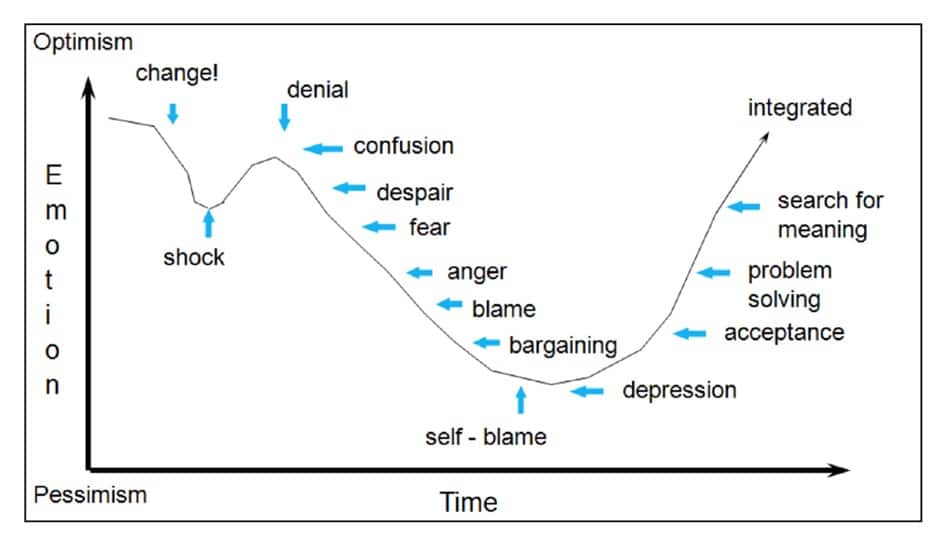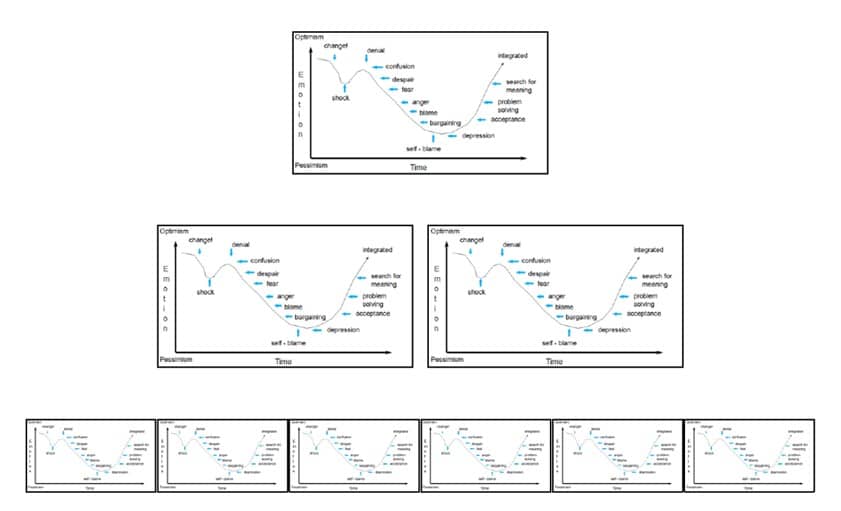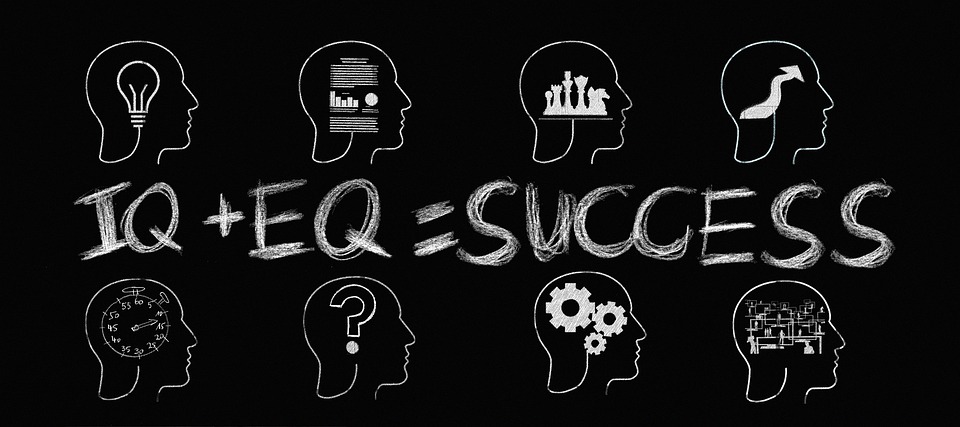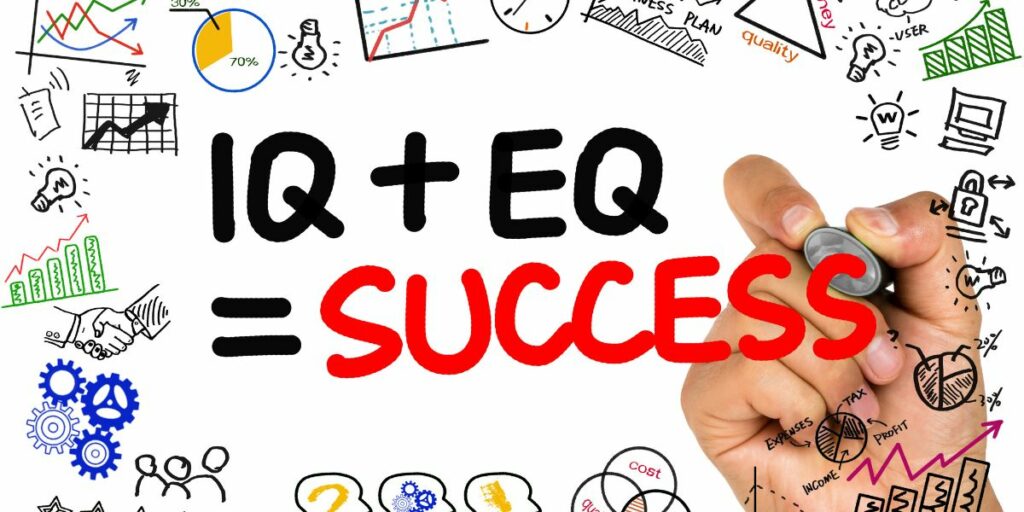The role of personality has been often ignored during the change process (Church, et al 2015). The United States has a backward way of introducing change compared to some European and Asian countries. Here in the U.S., we introduce the change and expect everyone to get on the bandwagon. Yet, in other countries, they will work on the psychological effect of the change before introducing the change.
A quote with unknown attribution states, “People change all the time. What people don’t like is when change is imposed on them.” To understand change a bit more, if you are not familiar with the “change curve” I’d like to introduce you to it here.

Think of change on two axes; one is emotion which ranges from being optimist to pessimist and the other is time. The change curve has been adopted from Elizabeth Kubler-Ross’ grief model. In her book, On Death and Dying she elaborates on this model.
Don’t get me wrong, change can be good and viewed as good! Change typically happens at the top of the hierarchy. Those in the know have the “opportunity” to go through the change curve first. Check out the hierarchy of change© below:

As change is introduced in an organization, each level in the hierarchy goes through this change at different times and that is what can make change feel sloppy or uncomfortable. First the CEO or President of an organization may decide to implement some sort of organizational change. Then those reporting in to the CEO/President are alerted to the change, who in turn will deliver the message at appropriate times throughout the organization until everyone is made aware of the change.
The change model is regressive. One day someone might be confused and move to acceptance only to regress back to fear. The goal of this model is to “get through it” and integrate the change as quickly as possible. Rather than be the blocker to change, consider how can you be the champion of change.
During COVID, Microsoft’s CEO shared they experienced two years of change during the first two months of covid. One thing we can be sure of, change will keep coming, and likely at a faster pace.




